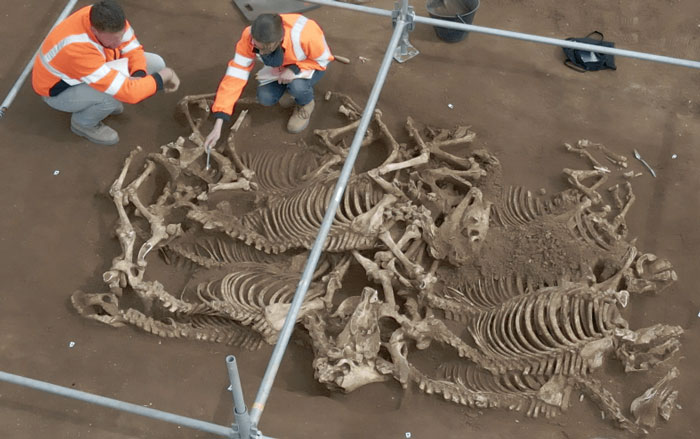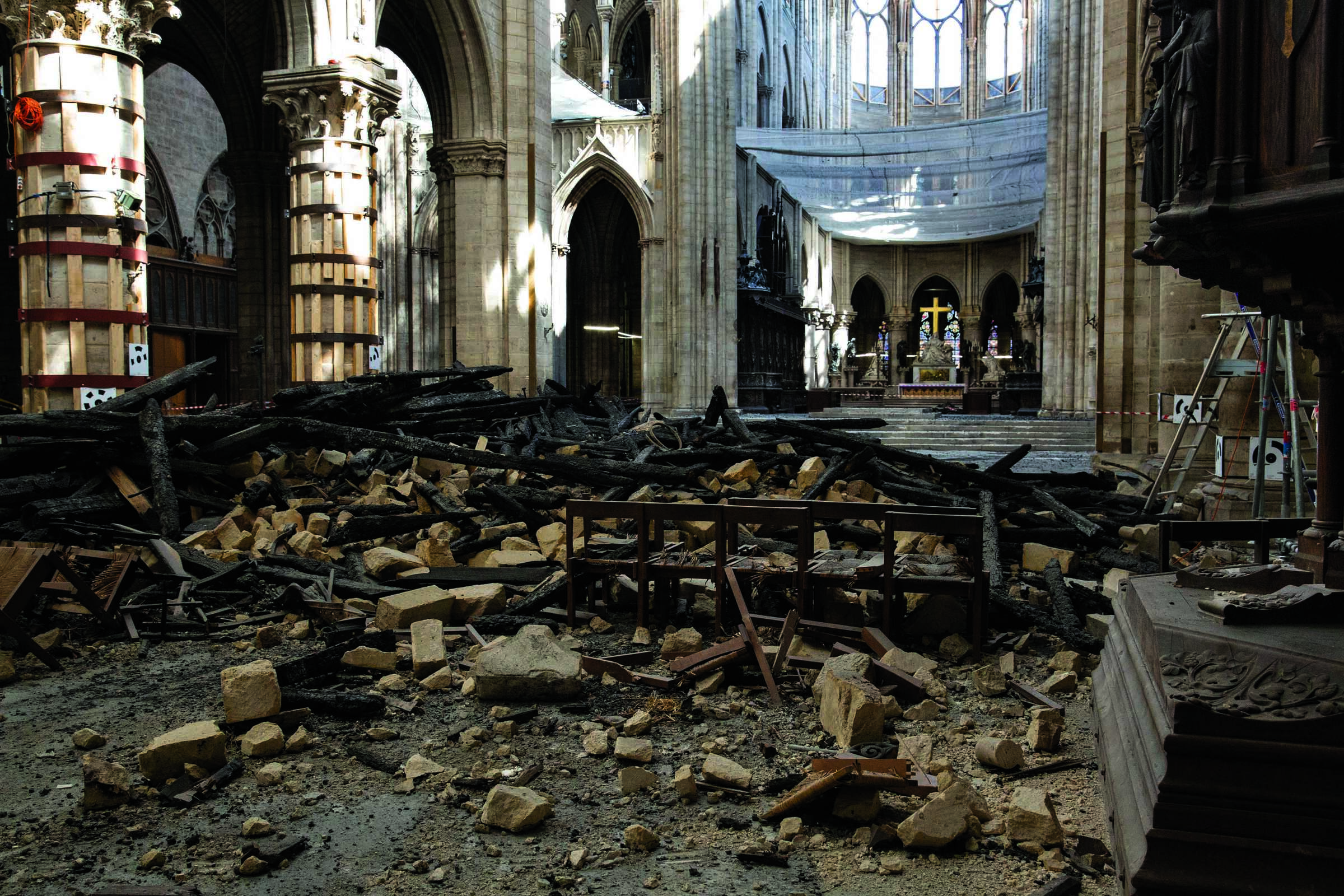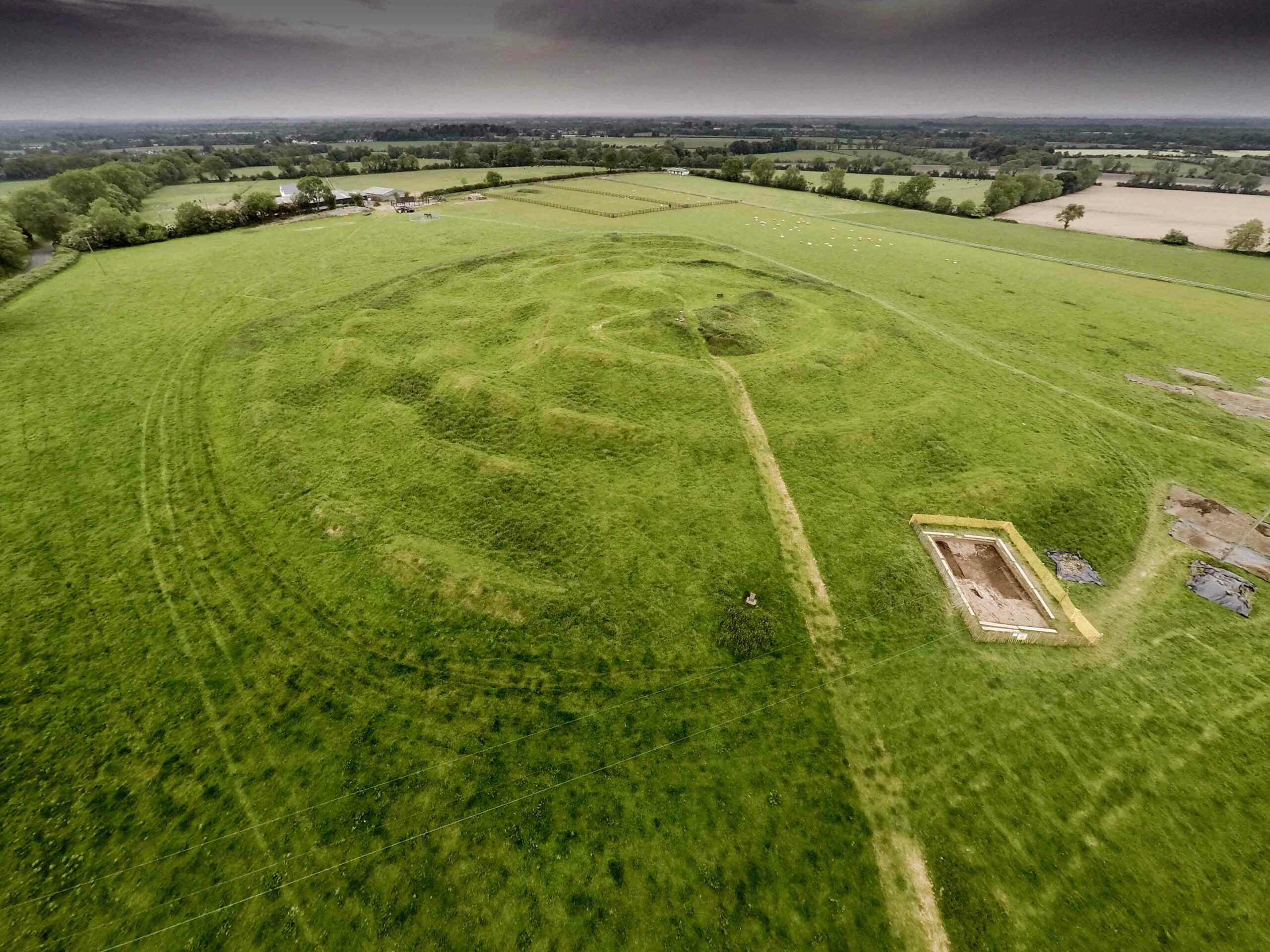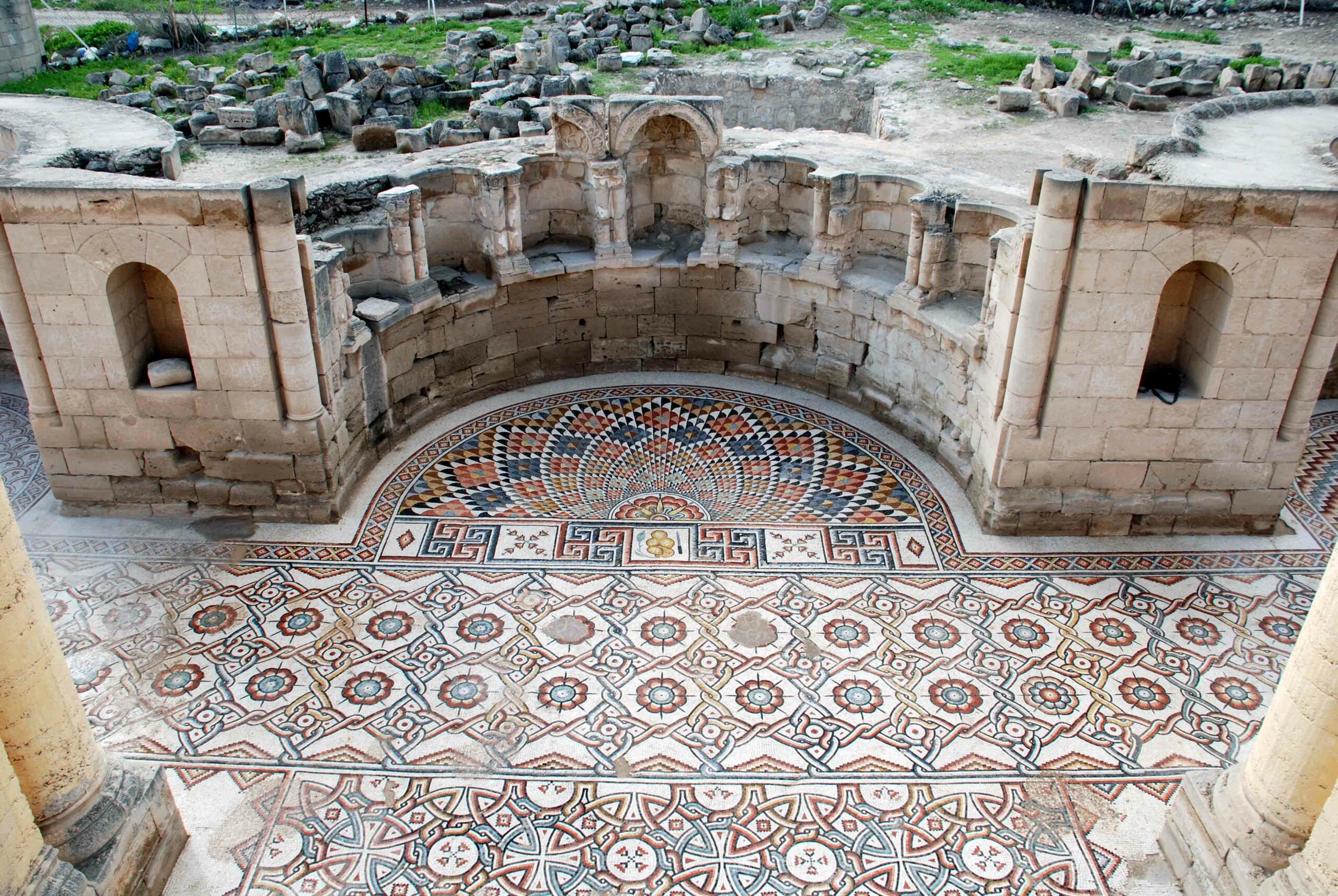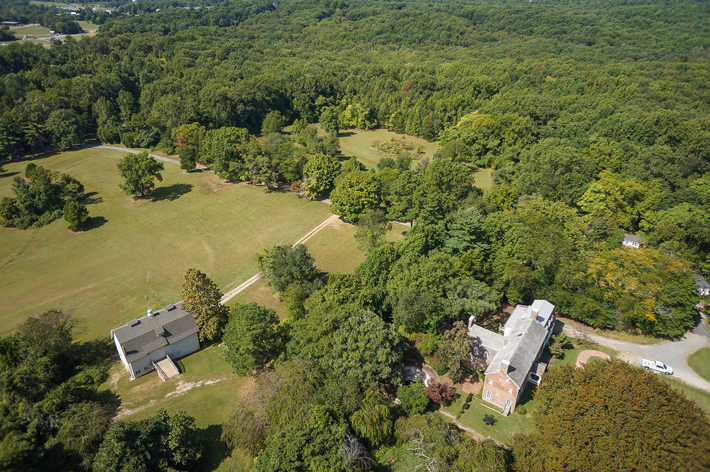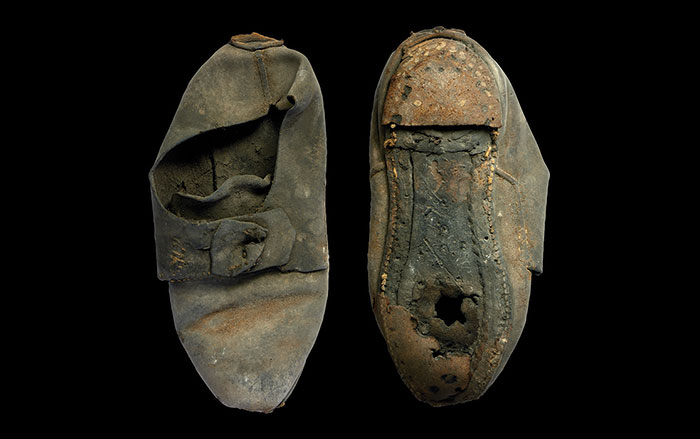
NEW YORK, NEW YORK—Live Science reports that new excavations at the Abri Blanchard rock shelter in southwestern France uncovered a broken limestone block engraved with an image of an aurochs, a type of extinct wild cow, surrounded by rows of small dots. Radiocarbon testing revealed that the block dates to some 38,000 years ago—a time when modern humans were first spreading into Europe. Anthropologist Randall White, who led the excavations, said that the block may have fallen from the ceiling of the rock shelter, or it may have been carried there by a member of the Aurignacian culture for carving. Similar images of aurochs have been found in France’s Chauvet Cave, and aligned dots have been found engraved on Aurignacian objects, but it is unusual to see the dots combined with an image of an animal. For more, go to “New Dates for the Oldest Cave Paintings.”


